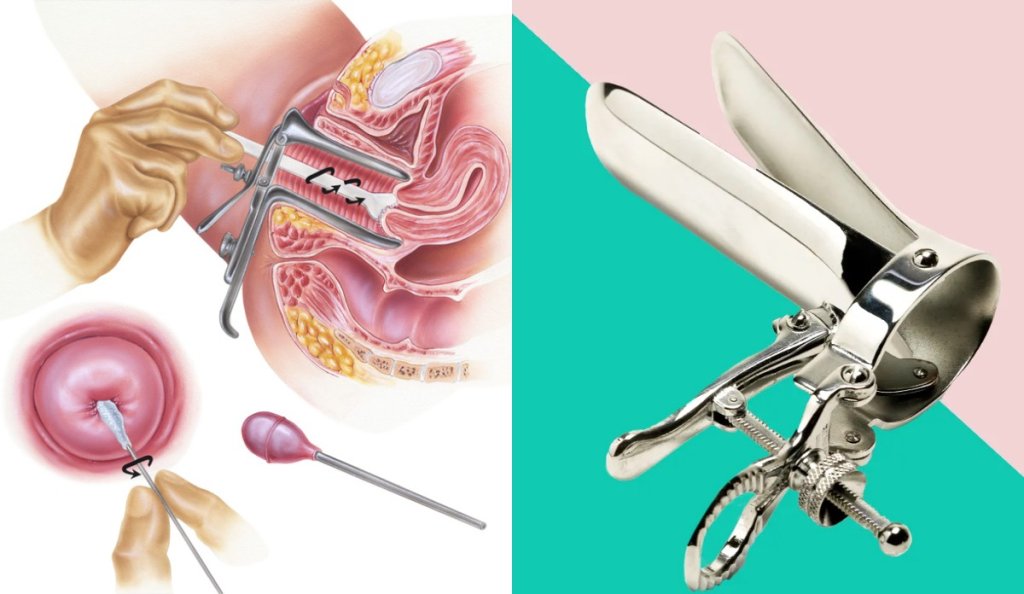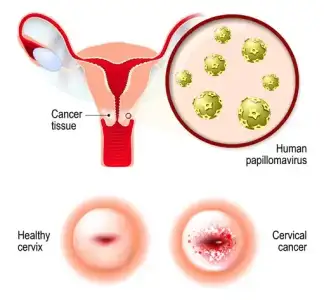What is Pap Smear (Pap Test)? How is it done? How Often Should It Be Done?

The Pap smear is a life-saving screening tool for cervical cancer. The test can detect unusual cells in the cervix before they develop into cancer. Healthcare professionals often perform HPV tests during Pap tests to check for HPV, one of the leading causes of cervical cancer. An unclear or unusual Pap smear result may be a sign of an infection, other problem, or cancer.
What is a Pap smear test?
(also called Pap test) screens for cervical cancer. The test checks for unusual cells in the cervix that are or have the potential to become cancerous. During a Pap smear, your healthcare provider takes cells from your cervix to examine under a microscope for signs of cancer. A Pap smear can also detect plausible infections and inflammation. The test, the American physician who developed the Pap smear, Dr. It is named after George Papanicolaou.
What is the cervix?
The cervix is the lower part of your uterus that connects to your vaginal canal. Sperm travel through your vaginal canal and cervix to your uterus to fertilize the eggs. During pregnancy, your cervix closes to hold the fetus in your womb. The cervix opens during childbirth. When you’re not pregnant, your cervix makes mucus to keep infection-causing bacteria out of your body.
What can a Pap smear detect?
Wellness centers administer Pap smears as a module of the pelvic exam. The test checks for:
- cervical cancer
- Potentially precancerous cells in the cervix (cervical intraepithelial neoplasia).
- Human papillomavirus (HPV), a common sexually transmitted disease (STD) that increases the risk of cervical cancer.
What is the difference between a pelvic exam and a Pap test?
During a pelvic exam, your healthcare professional examines and feels (palpates) your uterus, ovaries, and other parts of the female reproductive system. This exam helps your provider identify infections, afflictions, and cancer if it appears. Your provider may also perform STD tests during a pelvic exam. A pelvic exam does not always include a Pap smear.
What is the difference between Pap smear and HPV test?
HPV tests check for virus types that increase your risk. HPV is a sexually transmitted disease. There are many different types of HPV. Not all of them cause cancer.
Wellness centers can perform HPV tests and Pap tests one-on-one, using one-to-one steps (slowly scraping your cervix for cell samples). When sending these samples to a lab, it indicates whether the lab specialist (pathologist) will check for precancerous or cancerous cells (Pap smear), HPV, or both (a common test).
Does Pap smear detect sexually transmitted diseases?
A Pap smear cannot detect sexually transmitted diseases. To test for diseases such as chlamydia or gonorrhea, your healthcare provider takes a swab from your cervix. Blood tests can also identify certain STDs.
How often do you need a Pap smear?
How often you get the test depends on many factors, including your age, health history, and the results of your last Pap or HPV test. Many people do not need a Pap smear after age 65.
In general, Pap smears consist of:
| Age | Pap smear frequency |
|---|---|
| under 21 years old | Not necessary. |
| 21 to 29 years old | Every three years. |
| 30 to 65 years old | With a single Pap test every three years or a combined Pap/HPV test every five years. |
| over 65 years old | It is not necessary if you have had adequate screening before, if the results are normal and you are not at high risk for cervical cancer. |
A number of factors may cause you to be screened more often or to be screened after age 65. Some of them are:
- Having the human immunodeficiency virus (HIV) or being immunocompromised due to another condition or treatment such as chemotherapy.
- Exposure to diethylstilbestrol (DES) while in your mother’s womb. This medicine may increase your risk of cervical cancer.
- Having been treated for cervical cancer.
If you have had a total hysterectomy (removal of the cervix and uterus) and you have no history of cervical cancer, you may not need a Pap test.
Do I need a Pap smear if I have had my uterus removed?
A total hysterectomy is a surgical procedure to remove your uterus and cervix. You may still be at risk for cervical cancer, so talk to your healthcare provider to make sure you can stop getting regular Pap tests.
If you’ve had a complete hysterectomy to treat a noncancerous problem such as uterine fibroids, you probably won’t need Pap smears.
- On-Site Comments

















Comment